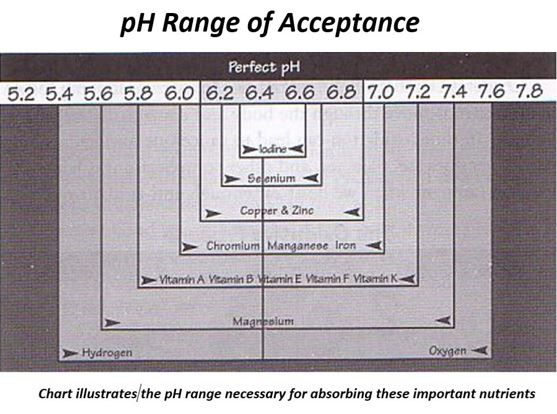https://phys.org/news/2018-08-seaweed-dairy-cows-emissions.html
University of California researchers are feeding seaweed to dairy cows in an attempt to make cattle more climate-friendly.
UC Davis is studying whether adding small amounts of seaweed to cattle feed can help reduce their emissions of methane, a potent greenhouse gas that’s released when cattle burp, pass gas or make manure.
In a study this past spring, researchers found methane emissions were reduced by more than 30 percent in a dozen Holstein cows that ate the ocean algae, which was mixed into their feed and sweetened with molasses to disguise the salty taste.
“I was extremely surprised when I saw the results,” said Ermias Kebreab, the UC Davis animal scientist who led the study. “I wasn’t expecting it to be that dramatic with a small amount of seaweed.”
Kebreab says his team plans to conduct a six-month study of a seaweed-infused diet in beef cattle starting in October.
More studies will be needed to determine its safety and efficacy, and seaweed growers would have to ramp up production to make it an economical option for farmers.
Dairy farms and other livestock operations are major sources of methane, a heat-trapping gas many times more potent than carbon dioxide.
ChooseLife : Seaweed and Molasses, is there no end to the magnificence of this combination? https://sicknesshope.com/ Moreless knew.


